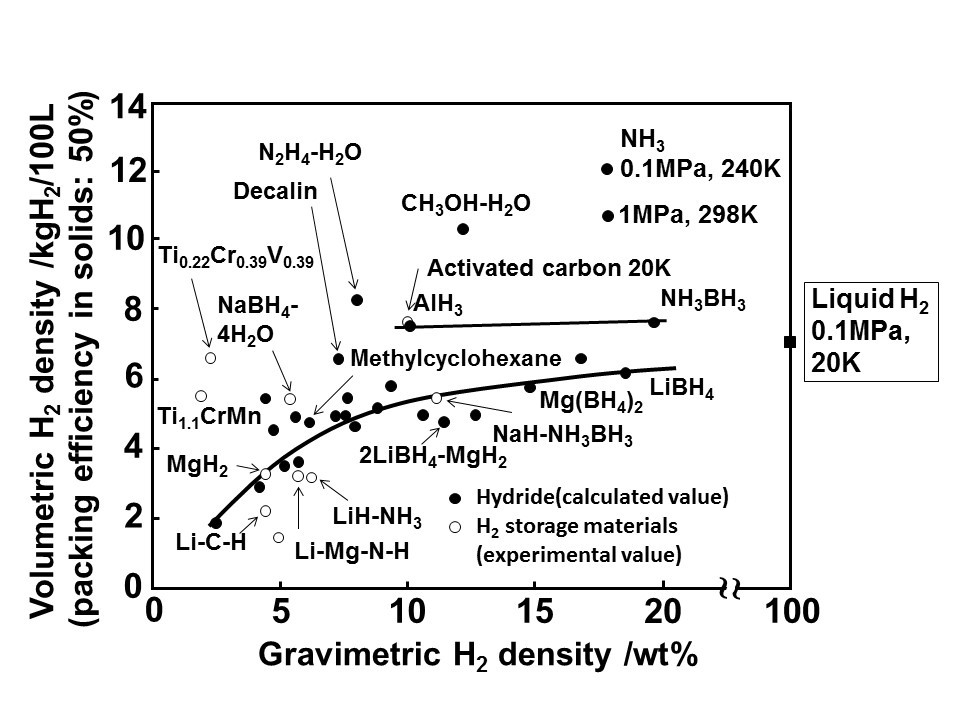NEWS BRIEF: A new policy think tank was launched last month that will focus on "why and how Scotland could benefit from being an early adopter of renewable hydrogen." Its "core starting point" is CSIRO's hydrogen-purification membrane, which enables ammonia to be used and exported as an efficient hydrogen carrier; for this use, green ammonia would be produced from offshore wind. According to the founders, this could lead to "Scotland becoming one of the largest global energy exporters in the world ... it could be the country’s main source of energy and create a knowledge economy."
Content Related to University of Glasgow
Article
The Ammonia Economy at the ACS National Meeting
Trevor Brown July 06, 2017
The American Chemical Society (ACS) has published the program for its 2017 National Meeting, which takes place next month in Washington DC and includes a session dedicated to the "Ammonia Economy." The first day of the week-long meeting, Sunday August 20th, will feature a full morning of technical papers from the US, UK, and Japan, covering ammonia energy topics across three general areas: producing hydrogen from ammonia, developing new catalysts for ammonia synthesis and oxidation, and storing ammonia in solid chemical form.
Presentation
Ammonia Storage in Metal Ammines
Ammonia has attracted interest as a promising alternative fuel for internal combustion engines due to the fact that ammonia does not release carbon dioxide during combustion.[1] Storing ammonia in the form of metal ammines is the most notable way to overcome the challenges that are related to the use of NH3 in liquid form, namely the toxicity and corrosive nature of ammonia.[2] Ammine complexes of light transition metal halides (such as Co, Ni) are very promising candidates because they exhibit high ammonia contents and they are relatively stable at room temperature. The CoX2 system is an interesting candidate, especially cobalt…

